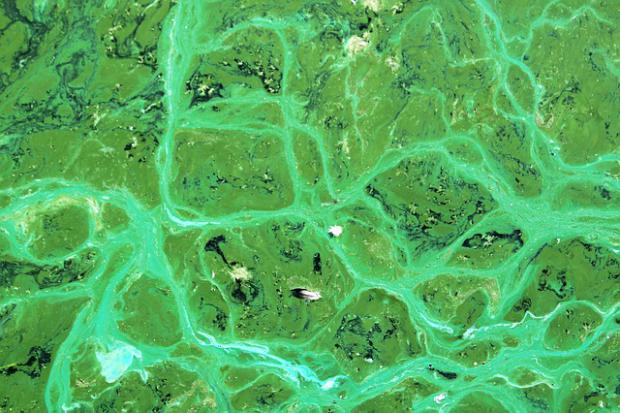
Breaking News
 Brighteon Broadcast News, Jan 7, 2026 - Doctors Replaced by AI...
Brighteon Broadcast News, Jan 7, 2026 - Doctors Replaced by AI...
 US Blockade Of Venezuela Triggers New Spike In Silver Price!
US Blockade Of Venezuela Triggers New Spike In Silver Price!
 Elon Musk Expects True AGI in 2026-2027 and Superintelligence About 2030...
Elon Musk Expects True AGI in 2026-2027 and Superintelligence About 2030...
 They Can't Stop The Unstoppable Rise Of Silver...
They Can't Stop The Unstoppable Rise Of Silver...
Top Tech News
 The First Production All-Solid-State Battery Is Here, And It Promises 5-Minute Charging
The First Production All-Solid-State Battery Is Here, And It Promises 5-Minute Charging
 See inside the tech-topia cities billionaires are betting big on developing...
See inside the tech-topia cities billionaires are betting big on developing...
 Storage doesn't get much cheaper than this
Storage doesn't get much cheaper than this
 Laser weapons go mobile on US Army small vehicles
Laser weapons go mobile on US Army small vehicles
 EngineAI T800: Born to Disrupt! #EngineAI #robotics #newtechnology #newproduct
EngineAI T800: Born to Disrupt! #EngineAI #robotics #newtechnology #newproduct
 This Silicon Anode Breakthrough Could Mark A Turning Point For EV Batteries [Update]
This Silicon Anode Breakthrough Could Mark A Turning Point For EV Batteries [Update]
 Travel gadget promises to dry and iron your clothes – totally hands-free
Travel gadget promises to dry and iron your clothes – totally hands-free
 Perfect Aircrete, Kitchen Ingredients.
Perfect Aircrete, Kitchen Ingredients.
 Futuristic pixel-raising display lets you feel what's onscreen
Futuristic pixel-raising display lets you feel what's onscreen
 Cutting-Edge Facility Generates Pure Water and Hydrogen Fuel from Seawater for Mere Pennies
Cutting-Edge Facility Generates Pure Water and Hydrogen Fuel from Seawater for Mere Pennies
"Tiny skyscraper" electrodes boost bioenergy output of blue-green algae

These tiny grids of "nano-housing" create the optimal environment to not just foster the rapid growth of these bacteria, but take their energy-harvesting potential to new heights.
Also known as cyanobacteria or perhaps more familiarly, blue-green algae, photosynthetic bacteria can be found in all types of water, where they use sunlight to make their own food. Their natural proficiency at this task has inspired many promising avenues of research into renewable energy, from bionic mushrooms that generate electricity, to algae-fueled bioreactors that soak up carbon dioxide, to self-contained solutions that offer a blueprint for commercial artificial photosynthesis systems.
Cyanobacteria thrive in environments like lake surfaces as they require lots of sunlight to grow, and a team at the University of Cambridge has made a breakthrough that came about by experimenting with ways to better satisfy these needs. Another thing for the team to consider was that to gather any of the energy they produce through photosynthesis, the bacteria need to be attached to electrodes. By crafting electrodes that also promote the growth of the bacteria, the scientists are effectively trying to kill two birds with one stone.
"There's been a bottleneck in terms of how much energy you can actually extract from photosynthetic systems, but no one understood where the bottleneck was," said Dr Jenny Zhang, who led the research. "Most scientists assumed that the bottleneck was on the biological side, in the bacteria, but we've found that a substantial bottleneck is actually on the material side."



